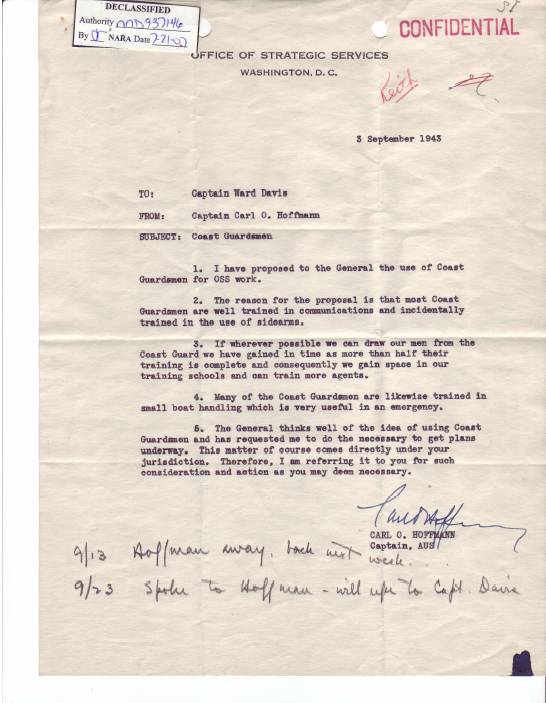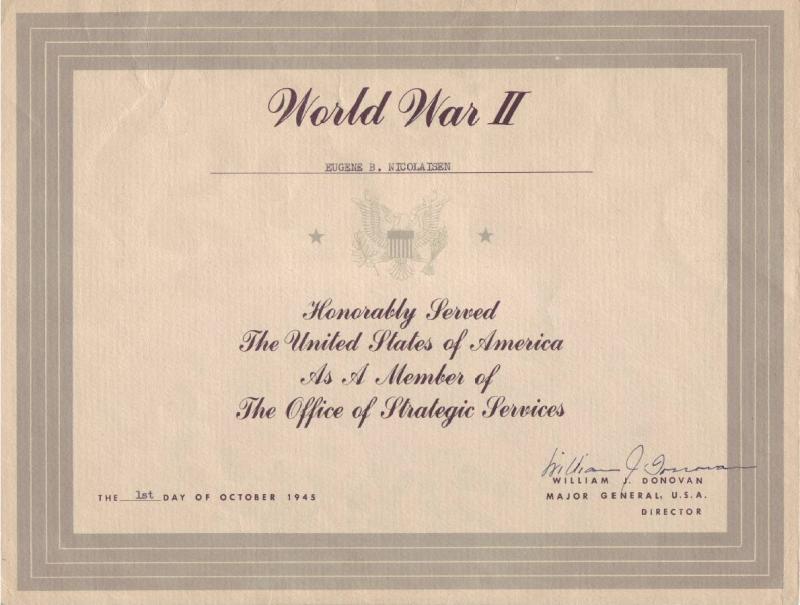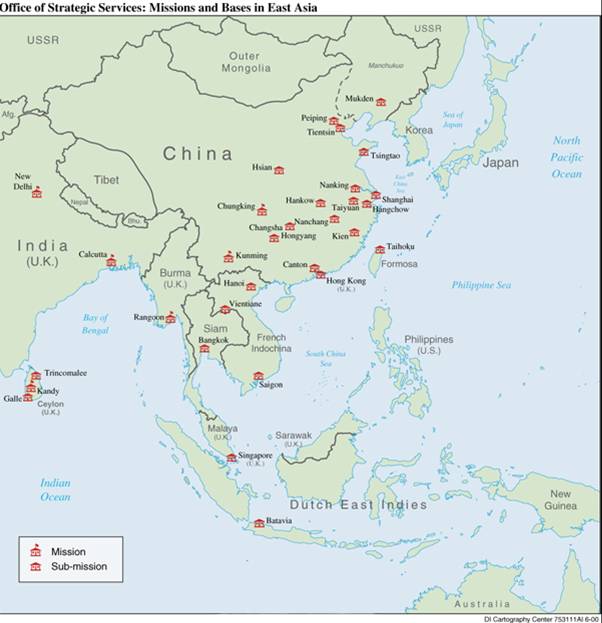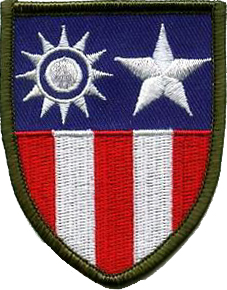Guardian Spies:
The SECRET Story of the U.S. Coast Guard Intelligence in World War II
New London, CT
programd
Operational Support
Although the Coast Guard and OSS were coordinating domestically using Cost Guard SIGINT in the early years of the COI; working with OSS Research & Development in Coast Guard District Seven (Florida) using Coast Guard small boat stations and men to test OSS equipment; and using Coast Guard Captain of the Port Authority at AREA D on the Potomac River (Wash D.C.) from approximately November 1942 until September 1943 (see Domestic Cooperation); in a letter to Captain Ward Davis (OSS NAV COM) from Captain Carl Hoffman (OSS SO) dated 3 September 1943 with a subject line of "Coast Guardsmen" Captain Hoffman stated:
I have proposed to the General [Donovan] the use of Coast Guardsmen for OSS work...The Reason for the proposal is that most Coast Guardsmen are well trained in communications and incidentally trained in the use of sidearms. If wherever possible we can draw our men from the Coast Guard we have gained in time as more than half their training is complete...Many of the Coast Guardsmen are likewise trained in Small Boat Handling which will prove useful in an emergency....
This letter was critical in moving the organizational relationship between the Coast Guard and OSS from one of coordiantion to full use of Coast Guard men in all aspects of Maritime Unit training, education, mission support and deployment with OG's and the Operational Swimmer Groups OSG 1 and OSG 2 and latter Navy Underwater Demolition Team 10 (UDT 10) which was deployed in the Pacific. By 1944 and early 1945 many of the Coast Guard men attached to Maritime Unit 101, 404, and 505 were deployed to the OSS missions and sub-missions in the China, Burma, India Theater of Operations. (See map on right).
It was after this letter that we see an influx of Coast Guard men in the OSS Maritime Unit and Schools and Training. By August of 1944 the Maritime Unit had a total of 226 personnel.[1] Almost half of these men were Coast Guard working along side their Civilian, Navy, Army and Marine Corp counterparts.

OSS Memo 03 September 1943
Subject: Coast Guardsmen
Source: National Archive RG 226-146A-14
Although the evolution of "Joint Warfighting Doctrine" & Joint Commands do not begin to evolve in the United States until after the passage of the National Security Act of 1947 and the establishment of the Joint Chiefs of Staff, the OSS was populated by civilians, Army, Navy, Coast Guard and Marine Corp men. There are many great examples of coordination in World War II, but the fully integrated operations of the OSS made it a unique joint service command (albeit with a focus on intelligence collection and covert operations) headed by General Donovan. With the exception of NSA 1947, Not until the passage of the Goldwater-Nichols Act in 1986 had there been any serious attempt to reform the Department of Defense and create truly integrated joint warfighting capability as was seen under the leadership of General Donovan during World War II.

Chief Bosn' Eugene Nicholaisen (USCGR) of OSS Maritime Unit Detachment 404
OSS Certificate
Signed by William Donovan 01 October 1945
Document Source: Bennett/Nicholaisen Interview
16 August 2006
[1] Roosevelt, Kermitt. "War Report of the OSS." Page 227

OSS Missions & Bases in East Asia as of 30 Sept 1945
Source: https://www.cia.gov/library/

Source: MoMM1/C William McPheat Interview
OSS Detachment 404/505
14 October 2006
MEB, Inc. All rights reserved. Copyright 2007- 2014
New London, CT
programd